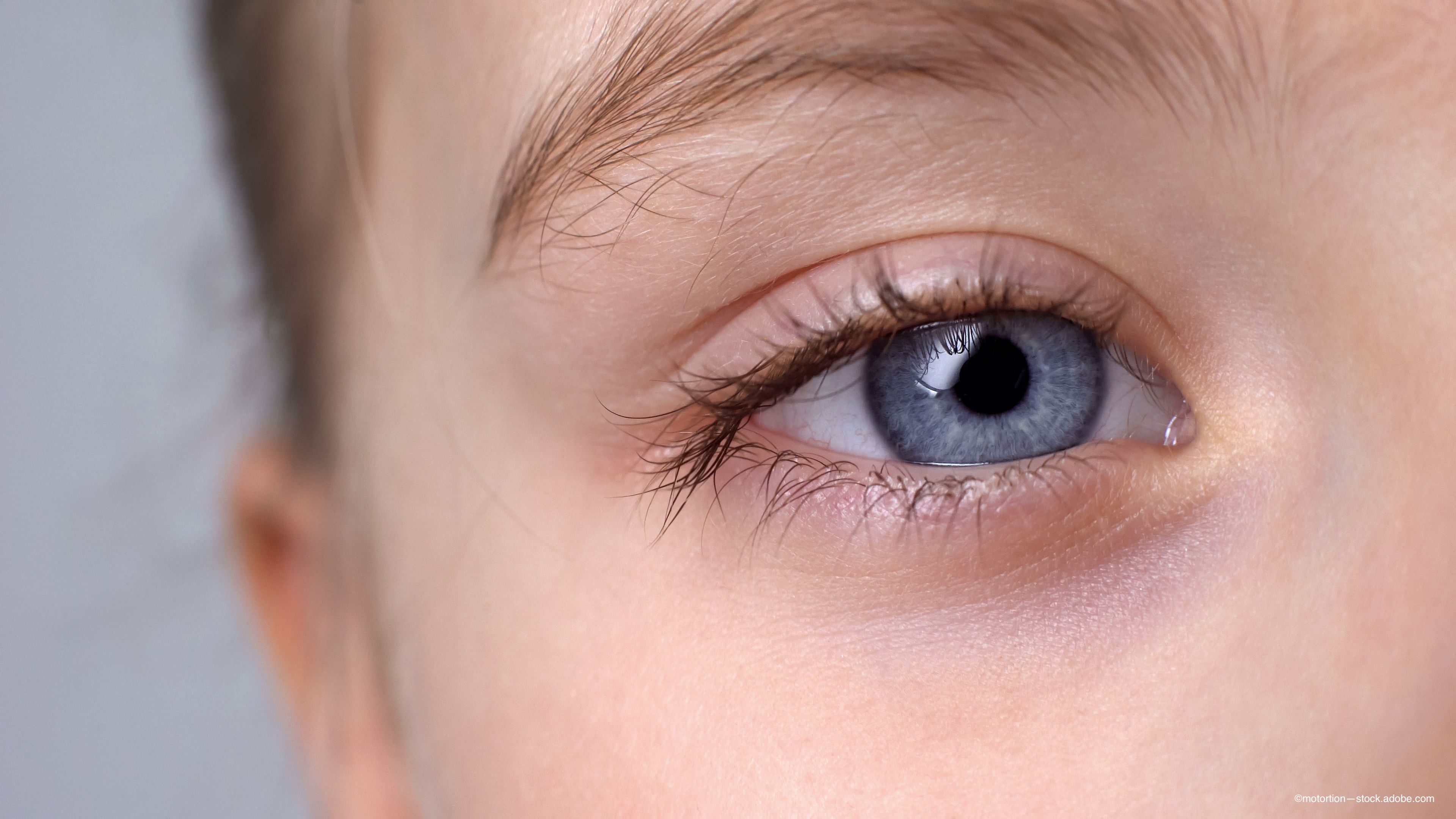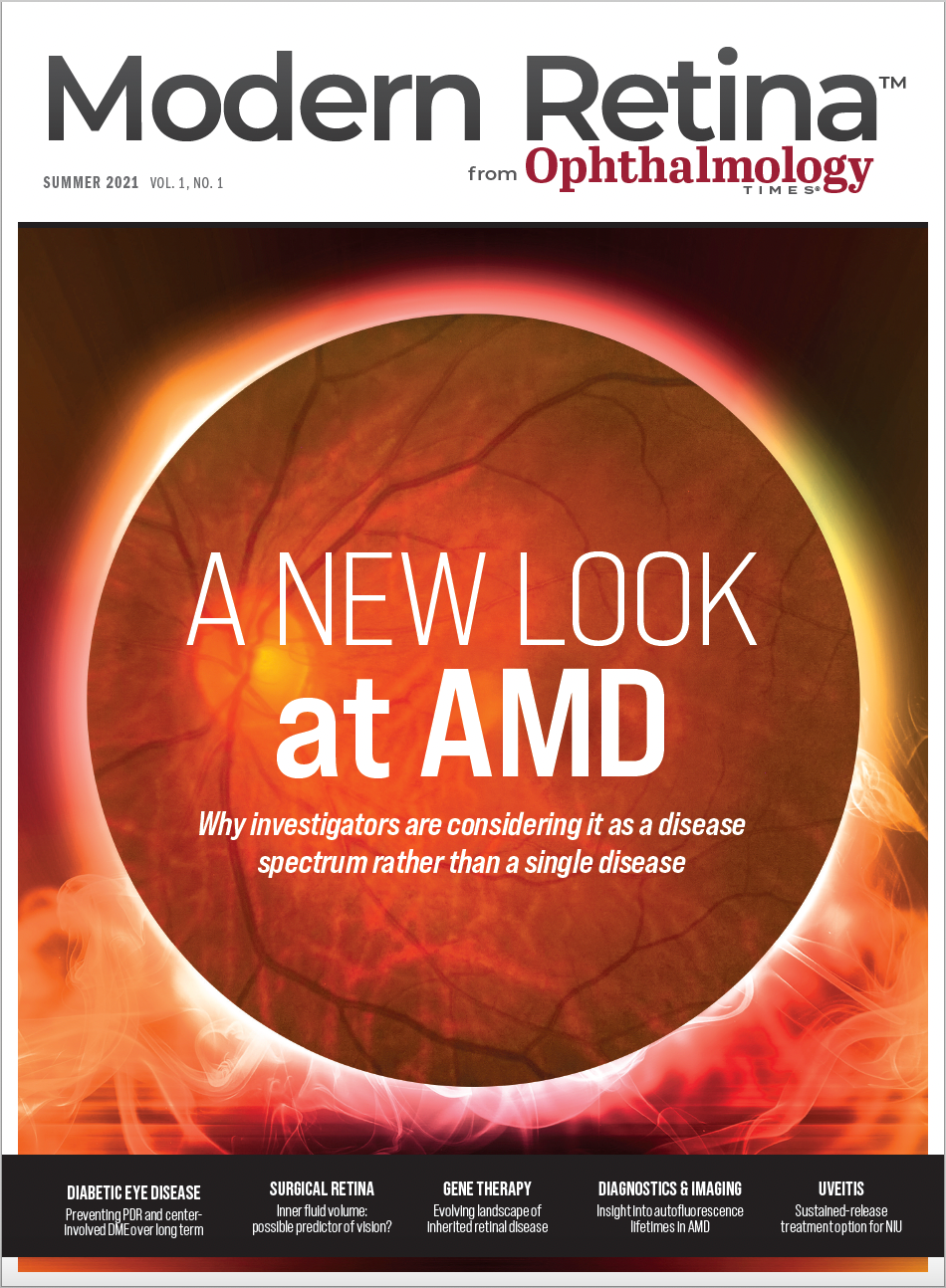Pediatric ophthalmologists target inherited retinal diseases
New opportunities continue to develop in an evolving landscape.

Special to Modern Retina®
Inherited retinal diseases (IRDs) comprise a diverse group of clinical phenotypes that result from mutations in a variety of genes. While it has been known for some time that a given IRD can arise from alterations in one or more genes, there has been little impetus to pursue genetic testing to identify each patient’s specific mutation because information gleaned from these tests often did not change clinical practice. In fact, with the exception of retinal dystrophy due to mutations in the RPE65 gene, there are no approved effective therapies for IRDs.
Eye care professionals have typically monitored patients with these diseases for progressive vision loss without being able to provide treatment beyond nutritional supplements, and these have not demonstrated significant benefit with respect to disease progression or long-term vision outcomes. In the absence of effective therapy, many patients lose hope that they can prevent further vision loss and forgo their annual eye health exams.
Fortunately, the landscape of IRD therapies is evolving. In 2017 the FDA approved voretigene neparvovec-rzyl (Luxturna; Spark Therapeutics), a gene therapy for the treatment of biallelic RPE65 mutation-associated retinal dystrophy. Luxturna utilizes an engineered adeno-associated virus (AAV) as a vector for delivering a functional copy of the RPE65 gene to retinal cells, thereby restoring retinal cell function. This approval validated the use of gene therapy in the treatment of IRDs, creating new hope for patients across a variety of degenerative diseases, including X-linked retinitis pigmentosa (XLRP), choroideremia, achromatopsia, Stargardt disease, and other forms of retinitis pigmentosa (RP) due to mutations in the USH2A, RHO, or CEP290 genes, the latter of which causes Leber congenital amaurosis.
While these conditions can have variable age of onset, with the exception of congenital achromatopsia, which is present from birth, many can present in the pediatric age group. With at least 24 IRD clinical trials ongoing in the United States, and additional studies of stem cell therapy in several IRD indications, hope is on the horizon for many patients with IRDs who were previously considered untreatable.
While it is gratifying to have multiple IRD therapies moving toward approval, realizing the potential of these therapies requires that eye care professionals, especially those who see pediatric patients, reorient ourselves within an evolving landscape. A key first step in developing a new perspective and approach to clinical practice is recognizing the importance of genetic testing in empowering patients to understand the fundamental cause of their disease and identify opportunities for participating in clinical trials. Although access to IRD genetic testing has historically been limited because of lack of reimbursement for a test that had no impact on clinical practice, 2 programs currently provide free testing that can be performed by the patient at home or by a physician or eye health professional during a regular office visit.
The My Retina Tracker Program developed by the Foundation Fighting Blindness in partnership with Blueprint Genetics and InformedDNA and supported by several pharmaceutical companies, including AGTC, allows any provider caring for a patient with an IRD to offer that patient genetic testing. Physicians who enroll patients in the program receive free testing kits in the mail and collect a genetic sample from the patient through a simple blood draw or saliva sample, the latter of which patients can perform themselves at home. For pediatric patients with IRDs, the ability to perform saliva testing in particular is both easy and efficient, removing any fear of needles often associated with other lab tests.
The physician obtains informed consent from the patient or parent and completes a requisition form for the genetic test, and the forms and sample are returned to Blueprint Genetics in a pre-paid mailing envelope. The test currently evaluates 285 different genes associated with IRDs, and now also includes mitochondrial DNA testing. Genetic test results are typically returned in 3 to 4 weeks.
The program also offers free genetic counseling to patients through InformedDNA, which provides telephone-based genetic counselors who contact the patient to review and discuss the test results. The ID Your IRD program, which is offered through the genetic testing company Invitae and is sponsored by Spark Therapeutics, offers a similar program that tests 293 IRD-associated genes, but does not include the RPGR gene associated with XLRP.
Given the progressive nature of many IRDs, gene therapy may provide optimal benefit when administered early in the course of disease when fewer retinal cells have already been damaged or lost. Genetic testing in the pediatric population is now more important than ever, providing a more accurate diagnosis on a genetic level and offering potential opportunities for therapies at an earlier stage of disease. Recognizing the importance of early gene therapy in IRD, several ongoing clinical trials are enrolling pediatric patients.
As an example, AGTC is enrolling patients as young as 8 years in its ongoing phase 1/2 clinical trial in patients with XLRP and is enrolling patients between the ages of 4 and 8 years in its ongoing Phase 1/2 clinical trials in patients with achromatopsia due to mutations in the CNGA3 or CNGB3 gene. These trials and the potential near-term inclusion of pediatric patients in other IRD gene therapy trials underscore the importance of referring pediatric patients with IRDs for genetic testing. Eye care professionals who see pediatric patients – both generalists and those specializing in pediatrics – have a critical role to play in educating these patients and their parents about the availability and potential benefits of IRD genetic testing.
Additionally, physicians who refer patients for testing should ensure that appropriate genetic counseling is available, either through their own practices or through one of the free testing programs described above. Identifying resources for connecting patients with appropriate information about clinical trial opportunities once a genetic diagnosis has been obtained is also a crucial step in making an informed decision about whether a clinical trial is right for them.
I have several patients in my own practice who have been treated with Luxturna and have experienced improvements in visual function, allowing some to even return to normal childhood activities. Seeing the positive impact that this has had on these patients and their families, I am optimistic that additional gene therapies will provide similar benefit to patients with other IRDs. Eye health professionals can help realize the full potential of these therapies by immediately offering and encouraging patients to pursue genetic testing as soon as an IRD or other rare disease is suspected.
Confirmation of an IRD with genetic testing can help patients and physicians make informed about clinical trial opportunities today, and future trial and treatment options as additional therapies enter the clinic and the market. Depending on the IRD, the sensitivity of genetic testing can range from around 60% to 90%. While a negative test does not rule out a genetic dystrophy, it may in some circumstances lead to testing for other causes.
The availability of genetic counseling through the previously mentioned testing programs allows for an accurate interpretation of results along with any additional recommendations. According to an old advertising slogan, “an educated consumer is our best customer,” but in the evolving landscape of IRD gene therapy, an educated physician will be the best care provider.
Marc Mathias, MD
P: (720) 848-2020
Mathias is an assistant professor of ophthalmology at the University of Colorado School of Medicine.
Related Content: Ophthalmology | Imaging | Diabetic Retinopathy

Newsletter
Keep your retina practice on the forefront—subscribe for expert analysis and emerging trends in retinal disease management.